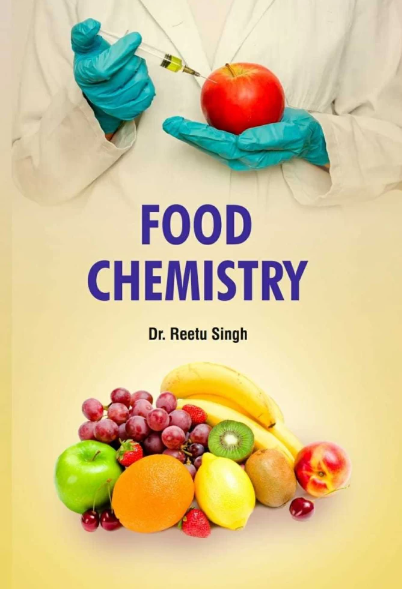Spectral analysis and computational simulation to investigate the synergistic mechanism of L-theanine and epigallocatechin gallate in inhibiting α-glucosidase activity
IF 8.5
1区 农林科学
Q1 CHEMISTRY, APPLIED
引用次数: 0
Abstract
Natural products are gaining attention as α-glucosidase (α-GLU) inhibitors owing to their safety and multifunctionality. L-theanine (THE) and epigallocatechin gallate (EGCG) in tea have inhibitory effects, but whether their synergistic inhibition of α-GLU remains unclear. This study investigated the synergistic mechanism of THE and EGCG in inhibiting α-GLU activity using spectral analysis and computational simulation. The results showed that a combination of 1.6 mM THE and 0.11 mM EGCG significantly enhanced α-GLU inhibition. Fluorescence quenching experiments revealed that EGCG did not alter the static quenching pattern of THE on α-GLU. However, it promoted enzyme conformational changes. Multi-spectral analysis and molecular dynamics simulations further demonstrated that THE and EGCG interacted non-covalently with key α-GLU residues (ASP-242, PHE-303, and PRO-312, etc.), disrupting the active site structure, reducing its catalytic efficiency. These findings provide valuable insight into the synergistic inhibition of α-GLU by natural active ingredients, with potential applications in functional foods.
光谱分析和计算模拟研究l -茶氨酸和表没食子儿茶素没食子酸酯抑制α-葡萄糖苷酶活性的协同作用机制
天然产物作为α-葡萄糖苷酶(α-GLU)抑制剂因其安全性和多功能性而受到广泛关注。茶叶中的l -茶氨酸(THE)和表没食子儿茶素没食子酸酯(EGCG)具有抑制作用,但它们是否对α-GLU具有协同抑制作用尚不清楚。本研究通过光谱分析和计算模拟研究了the和EGCG协同抑制α-GLU活性的机制。结果表明,1.6 mM The和0.11 mM EGCG联合使用可显著增强α-GLU抑制作用。荧光猝灭实验表明,EGCG不改变α-GLU上the的静态猝灭模式。然而,它促进了酶的构象变化。多光谱分析和分子动力学模拟进一步表明,THE和EGCG与α-GLU关键残基(ASP-242、PHE-303和PRO-312等)发生非共价相互作用,破坏了活性位点结构,降低了其催化效率。这些发现为天然活性成分对α-GLU的协同抑制提供了有价值的见解,在功能食品中具有潜在的应用前景。
本文章由计算机程序翻译,如有差异,请以英文原文为准。
求助全文
约1分钟内获得全文
求助全文
来源期刊

Food Chemistry
工程技术-食品科技
CiteScore
16.30
自引率
10.20%
发文量
3130
审稿时长
122 days
期刊介绍:
Food Chemistry publishes original research papers dealing with the advancement of the chemistry and biochemistry of foods or the analytical methods/ approach used. All papers should focus on the novelty of the research carried out.
 求助内容:
求助内容: 应助结果提醒方式:
应助结果提醒方式:


